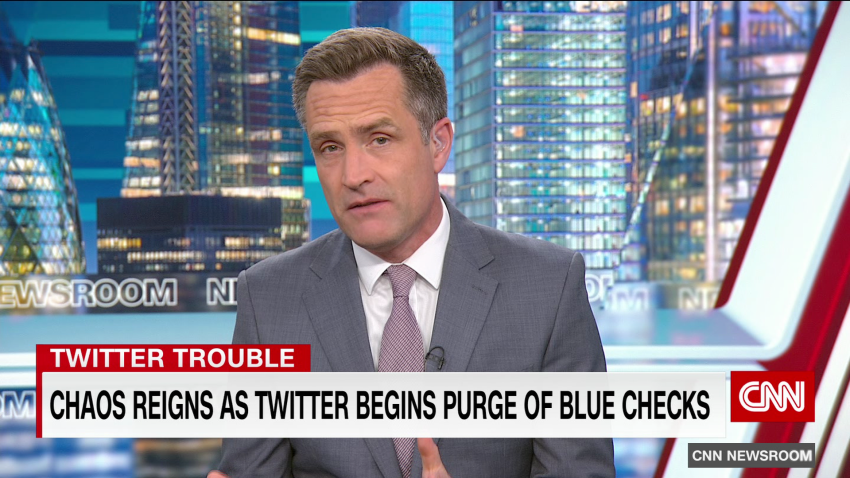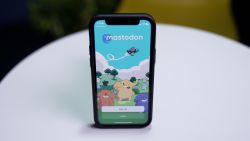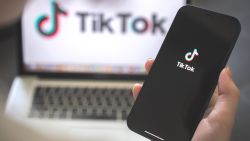The White House plans to meet on Friday with government officials, business leaders and members of the academic community to discuss strategies for building out next-generation 6G wireless technology and lessons learned from the rollout of 5G.
The 6G technology is almost certainly years away, but the administration’s effort is likely part of a bid to beat China and re-establish the US as a leader in wireless connectivity, as well as to carefully plan for new technologies that will be essential to national security and the broader economy.
“It’s imperative that we start to look at these issues early,” a security official for the Biden administration said during a press call on Thursday evening.
The White House wants to “take the lessons learned from 5G about the importance of early involvement and resilience,” the official said, and apply that to developing a 6G network that “optimizes performance, accessibility, and security.”
Compared to 4G, the new 5G technology promised significantly enhanced performance in terms of speeds, reliability and zero lag time, opening the door to everything from new surgical procedures and safer transportation to more immersive video games.
Although the 5G infrastructure rollout in the US is mostly complete — the final few carriers launched their 5G services in 2022 — consumer adoption still lags behind 4G in the country. ABI Research forecasts that by the end of 2023, more than 270 million subscribers will use 4G connectivity, compared to just over 170 million 5G subscribers.
Some countries, including China, have found more traction. However, conditions in China are not directly comparable to those in the US, as the Chinese government has much more influence over business decisions, according to Leo Gergs, an analyst at ABI Research.
The more limited 5G adoption in the US can also be attributed to the fact that 5G network infrastructure developed slower than expected, Gergs said. As a result, 5G networks are less potent and consumers may see less incentive to pay a premium for 5G connectivity.
“For consumers the performance of 4G connectivity is good enough, so that they are less willing to pay an additional fee for the low latencies or faster data rates that 5G promises to consumers,” Gergs said.
It’s unclear what 6G will look like. The administration said it expects that by combining elements such as AI, advanced software, cloud computing and cutting-edge semiconductor chips, it can create faster networks to support applications in health, energy, transportation, water and agriculture.
But the government’s early focus on 6G also risks hyping that future technology and making it even harder for carriers to convince today’s consumers to pay to upgrade to existing 5G subscriptions, Gergs said.
For the wireless industry, he said, it’s “a delicate situation.”






















